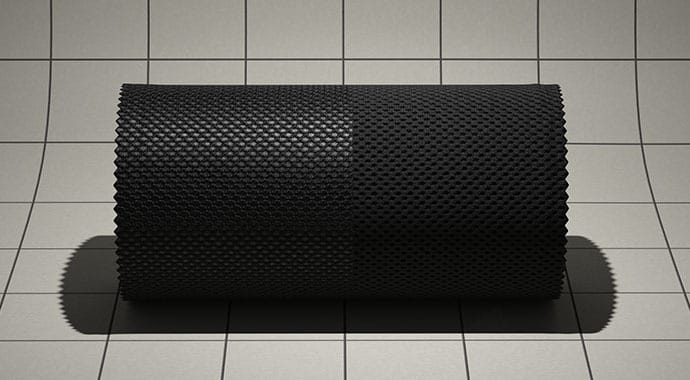

By clicking on a point over a given object, the texture tiling is modified so that the texture is the correct size for the clicked point.Ģ-Sided – Forces the back-facing polygons to be shaded in the same way as the front-facing ones. vrscan file stores information about the physical size of the scanned sample. This only works with the DirectX viewports.Īdjust UV tiling to an object – The. Viewport UV borders – Displays the borders of the material tile in the viewport on the objects that have the material applied. VRscans now support separation into several render elements: clear coat reflections, direct light, indirect lighting by spawned rays, opacity and received caustics stored.File – The file name with the data for the scanned material usually has a.

VRscans are created from thousands of images, capturing a material's bidirectional texture function (BTF), recreating a material's true surface appearance and response to light. VRscans uses high-quality hardware to capture the material’s texture in exceptional quality. VRscans materials can now capture translucency in volumetric materials with varying thickness. VRscans are now compatible with V-Ray GPU for increased performance and flexibility. These materials are drag-and-drop and ready to render with V-Ray using the included VRscans plugin. The VRscans Library includes over 650 accurately scanned, photorealistic materials, such as leathers, woods, plastics, metals and car paints. VRscans materials are currently compatible with Chaos Group’s Academy Award®-winning V-Ray renderer for 3ds Max, Maya, SketchUp and Rhino. Through a unique combination of hardware and software, Chaos’ patented material scanning technology captures physical material samples and creates digital replicas that are ready for photorealistic rendering. VRscans are the most photorealistic materials possible in computer graphics.


 0 kommentar(er)
0 kommentar(er)
